Lost Cause
Cannabinoid THC Dominant
THC 16.99 - 17.01%
CBD 0.11 - 0.23%
Effect Happy
Side Effect Insomnia
Flavor Lime
Lost Cause Strain: Lemon Grove Smell with Fresh Citrus Fragrances Over Peppery Earthy Tones
THC
CBD
Potency
Lost Case is a hybrid cannabis strain, which contains 17% of THC and 0.11 - 0.23% of CBD. It means that strain is suitable for everyone, so beginners should treat Lost Cause strain with caution and do not chase strong effects.
As for dominant terpenes, we can highlight the following of them.
- Terpinolene
- Caryophyllene
- Pinene
- Myrcene
- Ocimene
- Limonene
- Humulene
- Linalool
Smell and Flavor
The smell and taste of the Lost Cause strain are very rich and include a whole bunch of incredible combinations, including lime, grapes, peach, apple, ammonia, vanilla, rose, and soot. Complementing each other, the aromas create a unique experience already during the puff.
Lost Cause Effects
An Indica/Sativa hybrid creates a state of euphoria and happiness that makes it easy to focus, feel focused, and, at the same time, incredibly relaxed.
Side effects for Lost Cause weed strain include hunger, heightened sensory perception, concern, and panic attacks.
According to medical indications, Lost Cause weed can be used in the situations of:
- Anorexia
- Epilepsy
- ADHD
- Migraines
- Glaucoma
- Hypertension
- Depression
- Phantom limb pain
Growing Info
There are no special requirements for the cultivation of this variety. It grows easily both indoors and outdoors. However, outdoors it is 60-80 inches high, while indoors, it is only 30-60 inches.
The flowering period is 54 - 62 Days, while the crop can already be harvested after 58 Days. Yields are 1 - 2 Oz/Ft² (~ 400 g/m²) indoor, and 10 - 15 Oz/plant (~ 400 g/plant) outdoor.
Side Effects
Simply let us know how this strain tastes or write a detailed review.
Lost Cause Strain Cannabinoids
| THC | Tetrahydrocannabinol, or THC, is a major cannabis chemical compound. It is a psychoactive element that stimulates dopamine release and induces euphoria or happiness. THC-rich strains may be helpful with such conditions as lack of appetite, chronic pains , etc. It is considered to be the primary active marijuana component. | 16.99 - 17.01% |
| CBD | Cannabidiol, or CBD, is a major compound in cannabis, which is non-psychoactive. It is also proved to counteract the side effects of the second major component THC. CBD is widely used for medicinal purposes in rubs, oils and so on. It is helpful in muscle pain cases, may treat arthritis and migraines. Even Greeks used it against pain, while Queen Victoria applied it to get rid of menstrual cramps. | 0.11 - 0.23% |
| CBC | Cannabichromene, or CBC, is a minor cannabinoid, meaning that its quantity in cannabis is quite little. Though it has the same origin as CBD and THC, it is different in functions. Without any psychoactive effects, it is an efficient cannabis compound in combating acne and depression. CBC produces analgesic, antibacterial and anti-inflammatory effects. | 0.39 - 0.53% |
| CBG | Cannabigerol, or CBG, is one of the minor cannabis compounds in adult plants. On the other hand, young ones contain a lot of this antibacterial and anti-inflammatory component. During the growth, CBG is converted into different cannabinoids, mostly THC and CBD. The compound itself increases appetite and decreases eye pressure. | 0.18 - 0.23% |
| CBN | Cannabinol, or CBN, is a trace element in cannabis that is considered to be mildly psychoactive. It appears from oxidation THC, exposed to light and heat. CBN is mostly contained in old cannabis and in traditional hashish. It is effective against insomnia, bacterial infections and appetite loss. | 0.53 - 0.74% |
| THCV | Tetrahydrocannabivarin, or THC-V, is a compound contained in cannabis in trace amounts. Even though it is close to THC molecularly, it is different in effects. This compound may be psychoactive only in large amounts. THC-V reduces blood sugar, controls appetite, stimulates bone growth, etc. African Sativa strains are the richest in THC-V. | 0.05 - 0.05% |
Lost Cause Terpene Profile
| Pinene | Pinene is one of the most widespread terpenes in nature, found in pine trees, basil, nutmeg, parsley, and rosemary. Cannabis containing terpene (alpha-pinene or α-pinene) boasts a strong pine scent. Pinene is responsible for anti-inflammatory, pain-relieving, and anti-anxiety effects. | 0.09% |
| Myrcene | Myrcene (also known as β-myrcene) is one of the most common terpenes found in cannabis, representing more than 20% of the modern marijuana terpene profile. Myrcene has a distinct earthy, musky flavor, resembling cloves. It is responsible for calming and soothing effects of weed. Myrcene is also found in hops, thyme, mango, lemongrass, guava melon. | 0.09% |
| Ocimene | Ocimene (derived from the Ancient Greek word Ocimum meaning basil) is a terpene with sweet and herbaceous flavors, also boasting citrusy and woody undertones. Naturally, ocimene occurs in mint, parsley, orchids, hops, kumquats, mangoes, basil, bergamot, lavender, and pepper. Offers antifungal, anti-inflammatory, and antiviral properties. | 0.09% |
| Humulene | Humulene (also known as α-humulene) is one of the major terpenes found in cannabis, contributing to woody, earthy, spicy, herbaceous, and, mainly, floral aromas of cannabis. Used in modern medicine, humulene offers anti-inflammatory, antibacterial, and appetite suppressant effects, which have been well-researched by pharmaceutical companies. | 0.05% |
| Limonene | Limonene (also known as d-limonene) is the second most common terpene in nature and the third most common terpene in cannabis. It has a powerful citrus aroma and can be found in all citruses, including lemons, oranges, grapefruits, limes, juniper, etc. Limonene is known to elevate moods and provide anxiety, depression, and stress relief. | 0.08% |
| Linalool | Linalool (also known as beta linalool, linalyl alcohol, linaloyl oxide, and p-linalool) is one of the rarest terpenes found in cannabis, mostly in small quantities. Linalool is known for its spicy and lavender aroma, bringing relaxation and calming effects. It is also said to provide anti-inflammatory and analgesic properties that can be useful for athletes. | 0.02% |
| Terpinolene | Terpinolene is one of the most common terpenes found in cannabis; however, It's usually presented in small quantities. Is responsible for piney, floral, herbaceous, and even a little bit citrusy aroma of cannabis. Terpinolene can be found in lilacs, nutmeg, and cumin. In cannabis, terpinolene contributes to the sensation of "freshness." Has the potential to reduce the risk of heart diseases. | 0.43% |
| Caryophyllene | Caryophyllene (also known as beta or b caryophyllene) is a terpene found in many herbs and spices, such as black pepper, basil, rosemary, and oregano. Cannabis high in caryophyllene delivers a strong spicy, peppery aroma, resembling cinnamon and cloves. Caryophyllene offers potent anti-inflammatory and sedative effects. | 0.16% |
| Total terpenes content | 1.01% |
Growing Info
Similar Strains
THC 21 - 21%
CBD 0.48 - 0.61%
Effect Calm
Flavor Lemon
THC 18 - 20.67%
CBD 0.28 - 0.66%
Effect Happy
Flavor Blueberry
THC 4.5 - 6.75%
CBD 0.06 - 0.97%
Effect Uplifted
Flavor Peach
THC 20 - 22%
CBD 0.52 - 0.82%
Effect Sleepy
Flavor Pine
THC 19 - 19%
CBD 0.21 - 0.43%
Effect Happy
Flavor Sage

THC 19 - 21%
CBD 0.52 - 0.83%
Effect Sleepy
Flavor Pine
THC 17 - 21%
CBD 0.87 - 1.01%
Effect Euphoric
Flavor Sweet
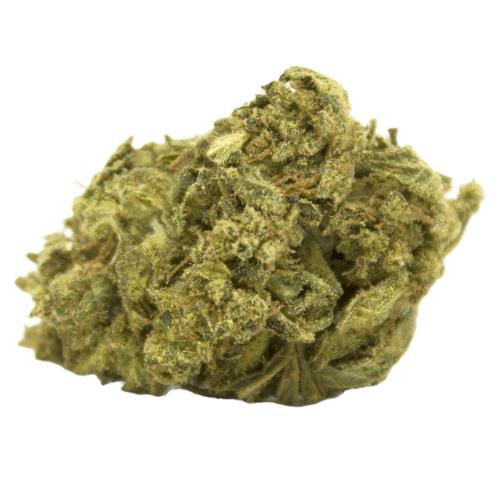
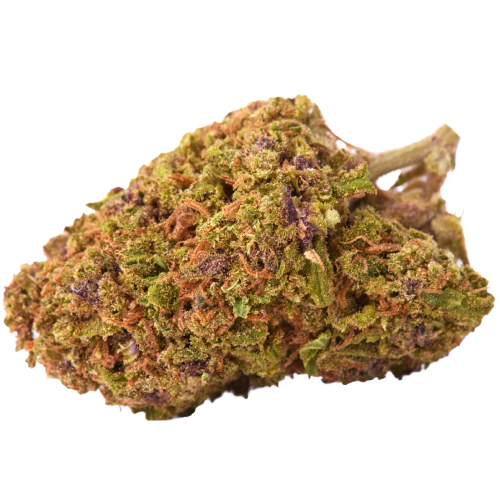

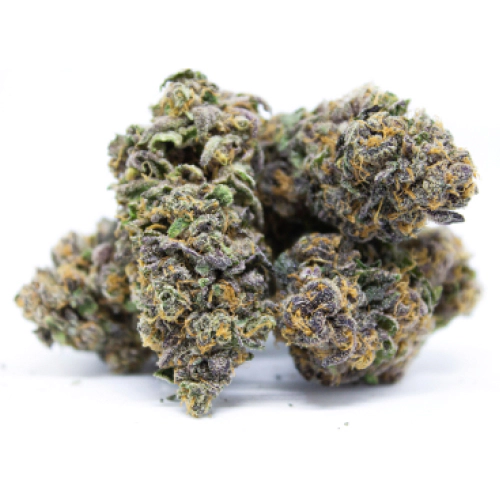

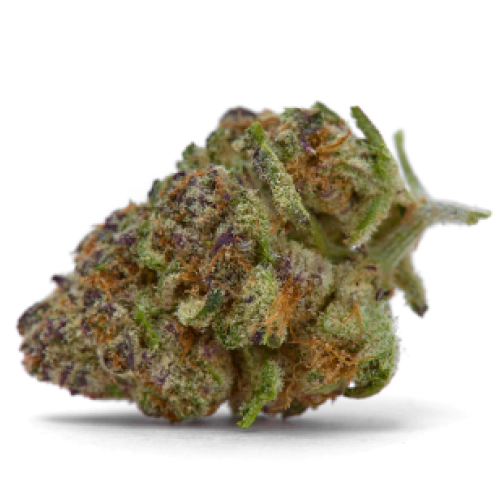
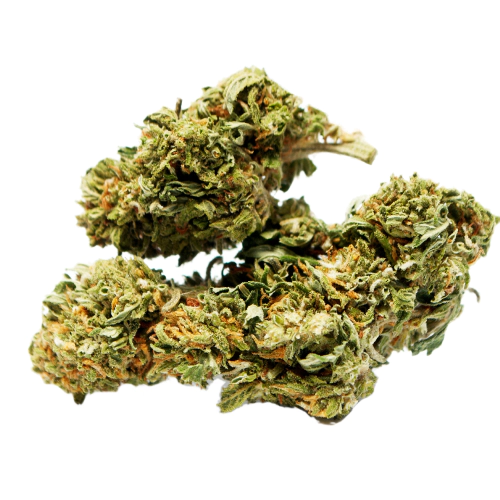
Be the first and share your opinion
Write a Review